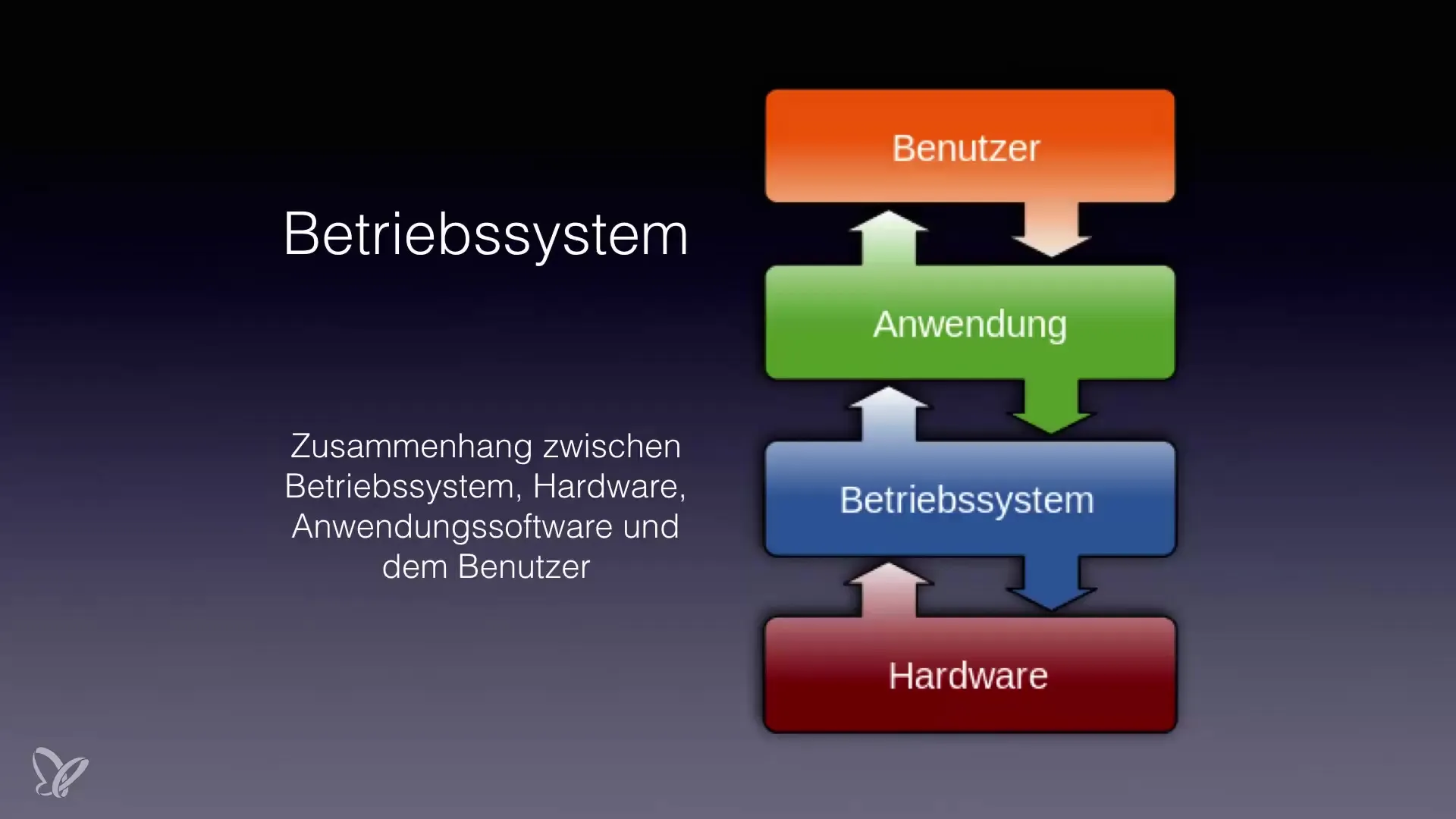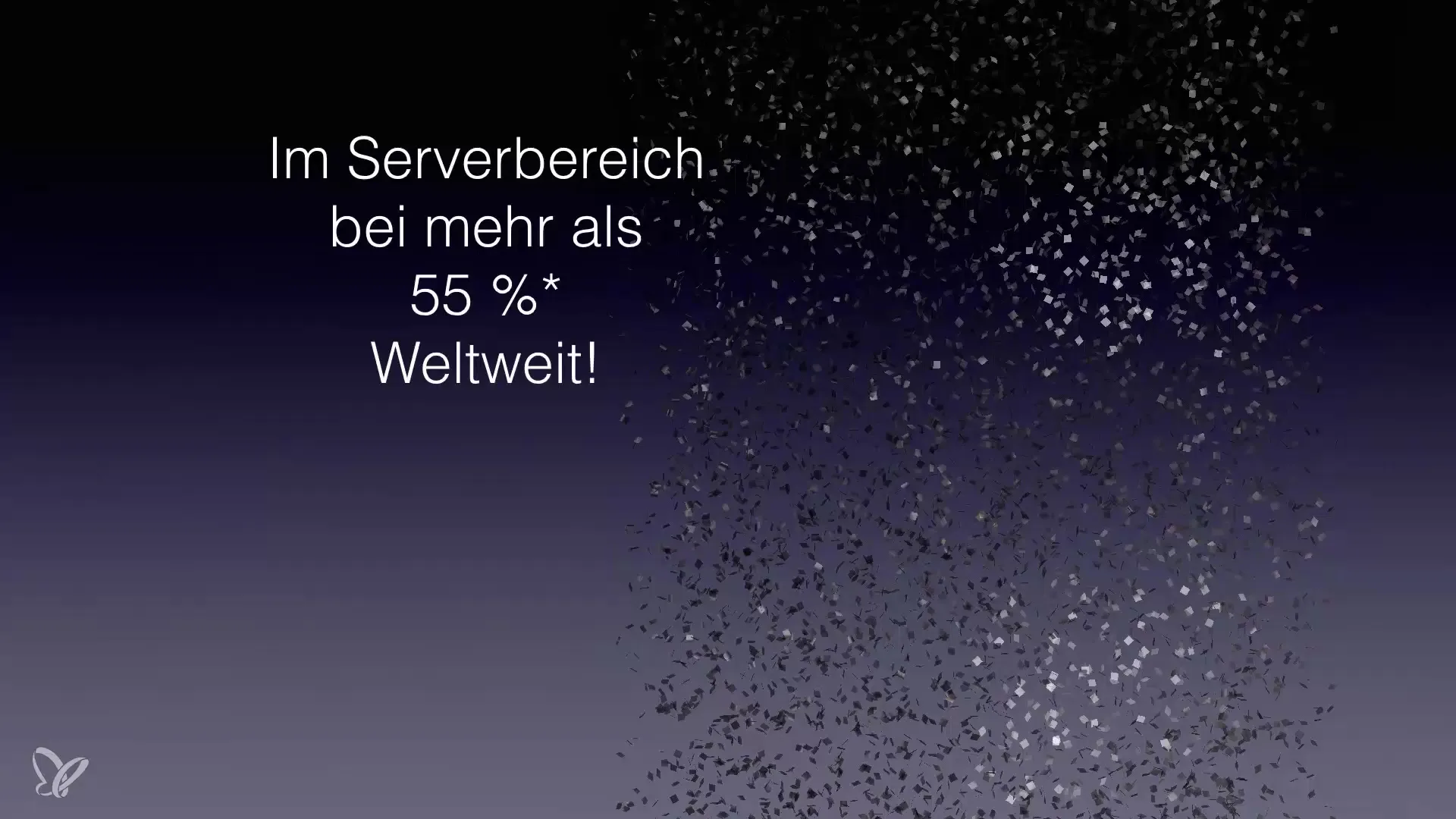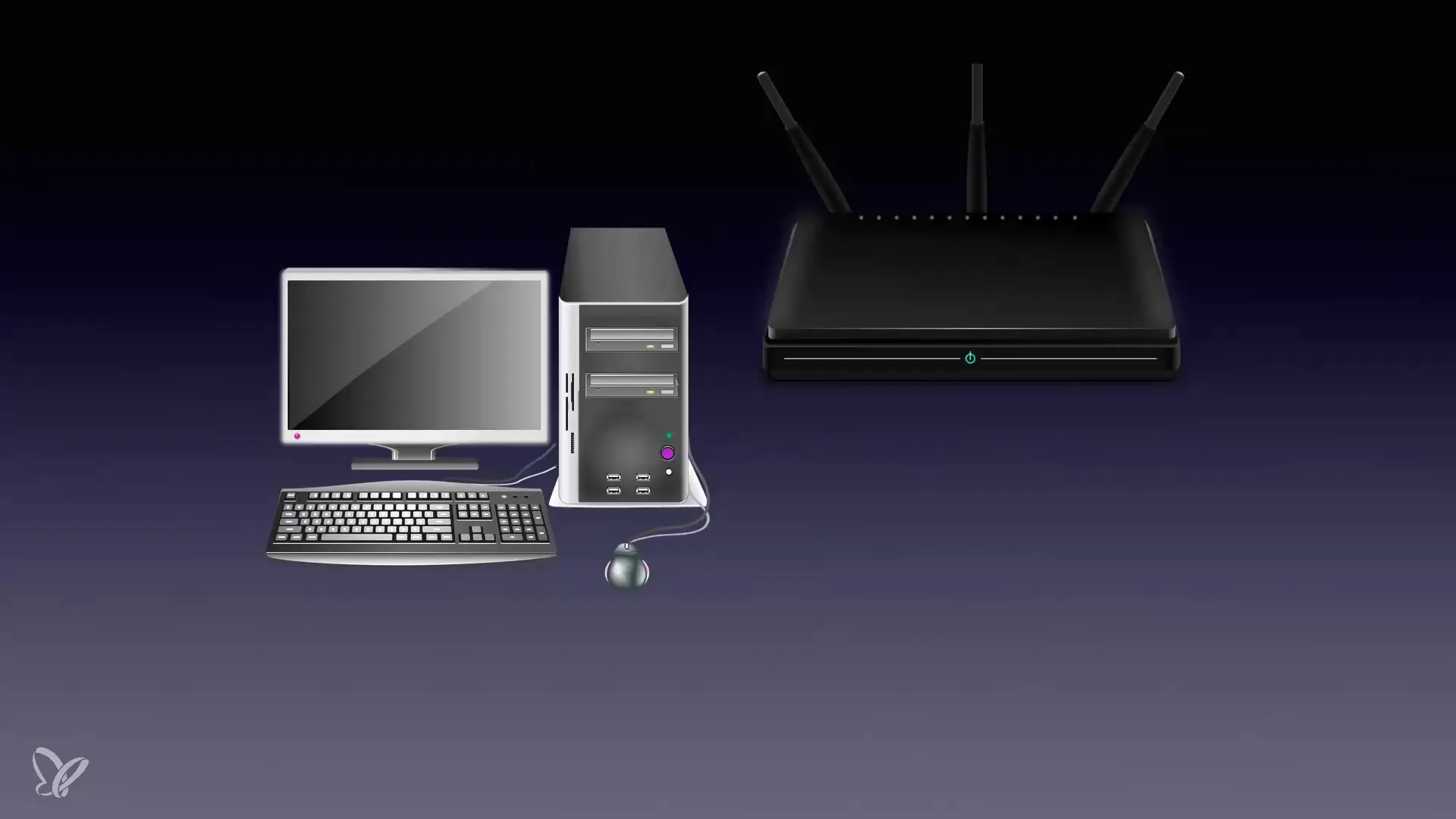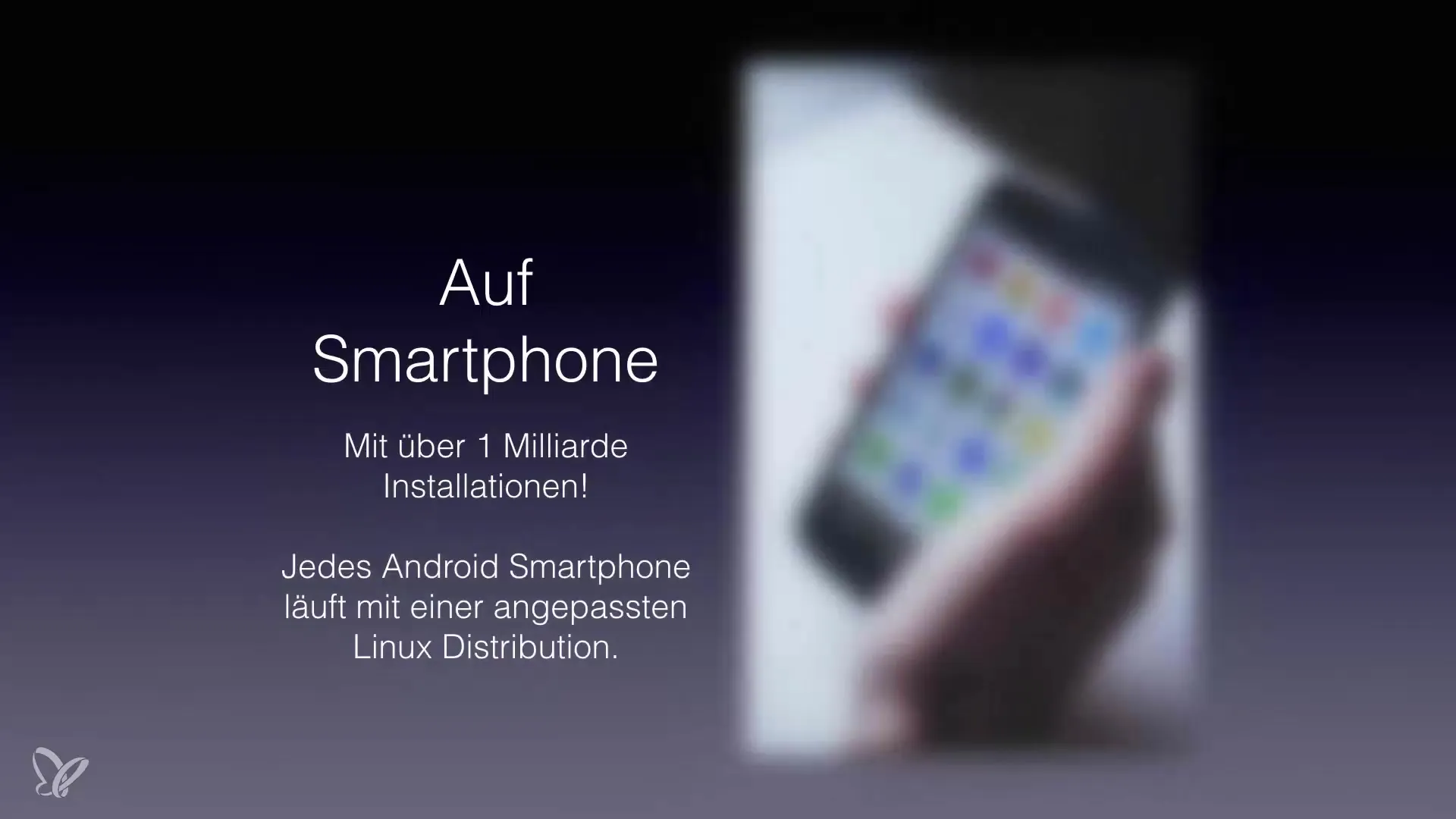Linux is more than just an operating system; it is a platform that forms the backbone of many systems that you use daily. In this guide, you will learn what Linux really is, what functions it serves, and where it is applied. This information is valuable not only for beginners but also for anyone who wants to develop a better understanding of the technical foundations of our digital world.
Key Insights
- Linux is a free, low-cost operating system.
- It acts as an interface between hardware and software.
- It is used in desktop and server environments as well as in mobile devices.
- Over 55% of servers worldwide run on Linux.
Step-by-Step Guide
What is Linux?
Linux is an operating system that plays an essential role in the functionality of computer hardware and software. Unlike operating systems such as Windows or macOS, Linux is available for free. Generally, most Linux distributions can be downloaded and used without fees. Note that there are also paid distributions that offer special features.

The Function of Linux as an Operating System
An operating system is the interface between hardware and software. At the lowest level, you will find the physical hardware of a computer that communicates with the operating system. The operating system allows applications to interact with the hardware. It ensures that user interfaces are created through which you can operate software and applications.
The Role of the User
The user plays a crucial role in this system. You are the one who interacts with the software through keyboard inputs and mouse movements. All your inputs must be transmitted to the hardware, which then executes them. This creates a dynamic communication between the user, software, and hardware.

Where is Linux Used?
The areas of application for Linux are broad. Linux is widely used in both desktop and server environments. Approximately 55% of servers worldwide use Linux. This includes web servers, email servers, and cloud services running on Linux or Unix-based machines.

Furthermore, Linux can also be found in many other areas. For example, Wi-Fi routers, network drives, and various networking devices use Linux to control their administration interfaces. Users can typically make settings with just a few clicks that are managed on a Linux web server.

Linux on Smartphones
Another very common application area of Linux is smartphone technology. All Android smartphones are based on a modified version of the Linux kernel developed by Google. These modifications allow for the use of touchscreen interfaces and enhance usability.

Concluding Thoughts
In conclusion, it can be said that you have likely used Linux without even realizing it. It is part of many technologies that are widely spread today. The quote “The computer helps us solve problems that we wouldn’t have without it” sums it up. It shows how valuable technology can be in our daily lives, even when we are not always aware of its fundamentals.
Summary – What is Linux?
In this guide, you have learned the fundamental aspects of Linux. The operating system is freely available, plays an important role between hardware and software, and has a wide range of applications that encompass both desktop and server environments. Additionally, Linux is found in smartphones and many other devices. With this knowledge, you are well-equipped to dive deeper into the world of Linux.
Frequently Asked Questions
What is Linux?Linux is a free operating system that serves as an interface between hardware and software.
Where is Linux used?Linux is used on servers, desktops, Wi-Fi routers, and in smartphones.
Why is Linux free?Most Linux distributions are open-source, which means they are developed and shared by the community.
What percentage of servers run on Linux?Over 55% of servers worldwide use Linux as their operating system.
What is the advantage of Linux over other operating systems?Linux is available for free, customizable, and is often regarded as more stable and secure.


